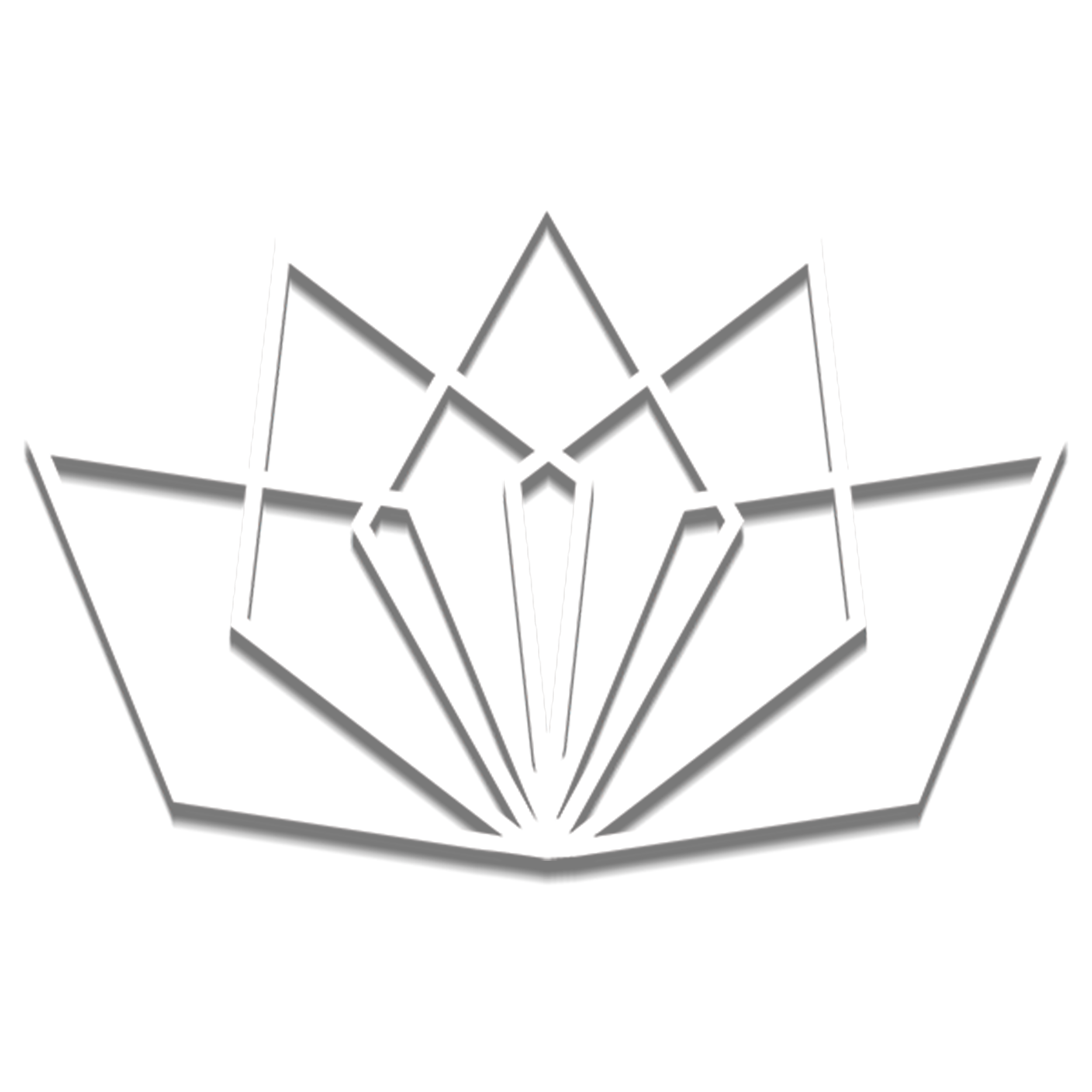Intro to Tarot
Metaphysical | Utsah Pandey
There are many popular ways in the modern day to take a look into the future. Whether you favor pendulums, tea leaf readings, numerology or any other method anyone can see we’ve come a long way from crystal balls and scrying bowls! But today we’re here to talk about one of the most common methods of divination that can be used by almost anyone: tarot cards.
“A tarot deck is made up of two groups of cards that are shuffled and randomly selected in order to get a reading. ”
A tarot deck is made up of two groups of cards that are shuffled and randomly selected in order to get a reading. The first group is known as the major arcana, a collection of cards with titles that represent a concept while also telling a story from start to end. The second group is known as the minor arcana. Instead of titles, these cards use a combination of roles/numbers and suits to create a meaning.
Let’s shift our focus onto the organization of the minor arcana for now, since it has a far larger number of cards. The possible roles in most classic-based tarot decks are either numbered as one (ace) to ten or are court cards known as the page, knight, king, and queen. Along with this are four suits, with each suit having one of each possible role. The common suits in modern decks are generally wands, pentacles, cups, and swords, but this depends on the deck - it’s even possible to use a normal deck of cards for tarot! Every combination has its own unique meaning to it, but there are shared traits seen between members of a suit (swords, as an example, tend to be fairly dramatic) or role (twos tending to focus on duality) but that doesn’t mean the unique meaning is worthless. When it comes to tarot, like all magic, the meanings are highly personalized. Even with the established meanings, if you think a different one would fit the card better then it’s best to go with your gut! No two people read the decks the same way, and that’s a good thing too since no two decks are likely to have the same energy to them.
“When it comes to tarot, like all magic, the meanings are highly personalized.”
If you’re just getting into card reading and don’t know where to start, or even if you don’t know if tarot is right for you, there’s a simple place to start. Like I said, a normal deck of playing cards works fine as a tarot deck (although it only corresponds to the minor arcana) and from there tarot reading is simple! Try this out: think of a question you want to ask the deck and shuffle it with your question in mind. Next, draw three cards from the top and lay them out in a triangle in front of you. These three cards will represent the source of your question, the state of the situation, and what to do about it. And just like that you’re reading tarot!
Of course this isn’t the only way to read tarot; there are many possible spreads and many ways to read. But every good witch needs a place to start. All the best in your readings!
